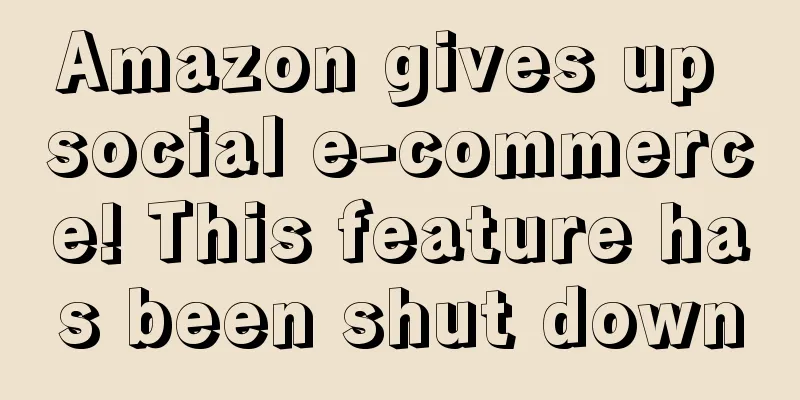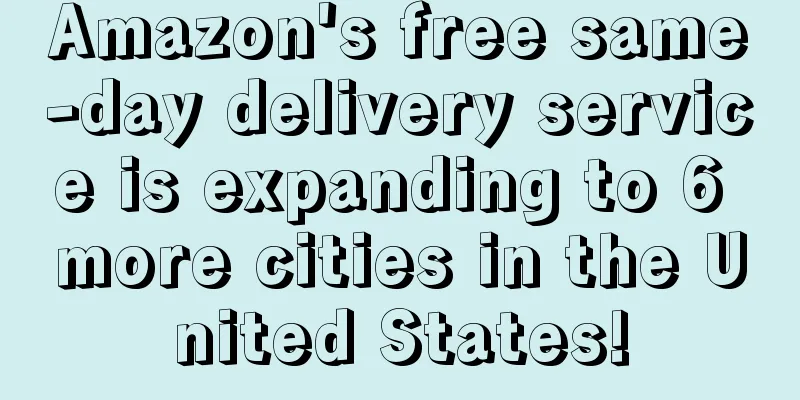No one buys at a high price, and no profit at a low price? Teach you how to increase the premium ability of your products.

|
The ultimate goal of pricing is to make money, so how should prices be determined? From a marketing perspective, let me tell you about the price setting method. Generally, we divide pricing into three levels: 1 Product minimum price This price is to ensure that we sell the products and do not lose money. Of course, many people now feel that Amazon is not easy to do business, so they hope to set a super low price to boost sales (if you have money, you can do it at will). However, for small sellers, it is better to at least break even. The lowest price is generally the profit you get after deducting product costs, first-mile fees, storage fees, delivery fees, and operating costs . If you don’t want to make money at the beginning and just want to boost sales, then the price can be set at the cost. 2 Average market price This price is the average price of similar products on the Amazon platform. Of course, some people may have doubts. There are so many similar products on Amazon. It is too much work to calculate the average price. In fact, it is not that troublesome. We just need to find the main competitors, such as those with monthly sales of 600 or more. (depending on your own goals) So, from which channels can we check the situation of competitors? Look through your own collection of competitors in your industry . View products through the BSR sales ranking . Regarding tools for checking competitor sales, in addition to the well-known junglescout, here I would like to recommend a free sales checking tool, unicom smasher . This is a Google plug-in. After installation, you can view the average monthly sales of products. However, it mainly views product sales on the search results page. For specific products, you only need to search the product from the front desk using specific keywords to view its sales. In addition, sometimes we also estimate the sales volume of products through feedback from competitors. Generally, 5 times the number of feedbacks for a product in 30 days is roughly the sales volume of the product in one day. (For reference only) 3. Highest Pricing The maximum price here refers to the maximum amount that customers are willing to pay for your product, which is also the expected selling price we hope the product can reach. However, if customers think that the product is not worth the price, no matter how different and perfect your product is from other products, customers will not buy it. This is why many people would rather stay in their "comfort zone" and set their products at an average price level than set them too high. We all say that independent sites have strong premium capabilities because there is no price comparison. In fact, products on Amazon can also increase their premium capabilities. I believe everyone has often heard that the same product sold on Amazon has higher sales for higher-priced products. So how do we achieve the goal of increasing prices by increasing product value? 1. Find your most representative typical user. This user is not the average of your actual sales users (because the average will drown out the most valuable needs), nor is it necessarily the largest group in your user classification, but the group with the most exemplary values and lifestyles. Study their lifestyles and needs to define your value proposition strategy. 2. A simple value proposition is too general. It is necessary to transform the value proposition into user experience requirements. This is the only way to achieve an effective connection between value positioning and product expression. Therefore, we need to use a set of effective languages to define and describe what experience the product is expected to bring to users. Of course, this experience can support the previous value proposition. 3. Connect users’ needs for specific product functions and performance through user experience and specific usage scenarios. There are two possibilities here: For innovative experience or value proposition, we need to find new technical solutions that can deliver on this value. This is an innovation problem. For existing ones that just need to make differentiated experience or value proposition, how we do it and to what extent is usually determined by competition. So this is a benchmarking problem. Only by clearly distinguishing the above two types of problems can we accurately output them to the technical development department and turn them into real product solutions. In short, product definition itself needs to be a value creation process. The era of simply configuring more to defeat less is long gone (or it shouldn't have existed in the first place). What consumers need us to provide is a balance of functions, performance, and configuration that is just right, and we rely on this balance to create unique value. at last: After making a product, how to raise the price of the product to a more ideal level? It should be commensurate with its value. This is actually a gradual process and should not be rushed. Generally, when a product is put on the shelf, if you do not plan to do promotional activities immediately, the price is set relatively low, and reviews are started to increase sales and slowly improve the product's natural ranking. When the sales volume of the product is relatively stable, consider raising the price in a small range. Don’t raise the price a lot at once when you see that the sales volume of the product is good, because it is easy to lose the shopping cart. I personally think that the range of price increase is "step-by-step increase", for example: increase by $0.5 at a time, increase by $1 after three days, and increase by $1.75 after five days. It is a gradual approach. After each price increase, you should observe the ranking and sales of the product. If there are no obvious abnormalities, you can consider raising it again. If the price increase causes "harm" to the product, you should start considering lowering the price. Many people now say that it is difficult to do business on Amazon. If you still use the simple and violent way of brushing orders, it is indeed very difficult. The editor believes that Amazon is now operating in a refined manner, starting from the details , and every link must be done to the extreme. |
Recommend
Rampant! Freight forwarder threatens seller: "I will destroy your Amazon store!"
Some sellers concluded that in the cross-border e...
What is hitprintasia? hitprintasia review
Hitprintasia is a blank T-shirt wholesaler and cus...
Amazon laid off 100,000 employees in 3 months? Frontline warehouses are already overcrowded
In Amazon’s Q2 financial report released last week...
What is Cross-border Valley (Hangzhou Haiying Technology Co., Ltd.)? Cross-border Valley (Hangzhou Haiying Technology Co., Ltd.) Review
Hangzhou Haiying Technology Co., Ltd. is a data te...
What is Malaysia CIDB Building Product Certification? Malaysia CIDB Building Product Certification Review
CIDB is the regulatory body in charge of the const...
What should I do if an Amazon product receives a bad review?
Whether you are a big seller on Amazon or a begin...
Amazon releases FBA subsidies! Free storage quota doubled!
Recently, Amazon announced the implementation of ...
(Operational Tips) Amazon keywords on the home page
“ More than 80% of Amazon customers shop through ...
Is the advertising effect good during the peak season? Sellers should pay attention to these points
During the peak season, sellers have to run Facebo...
What is ETA? ETA Review
ETA is the abbreviation of Estimated Time of Arriv...
What is Massview? Massview Review
Massview is a company that specializes in providin...
Is Amazon A9 dead? A deep analysis of the COSMO-LM model
text Recently, many Amazon sellers said that the ...
Turbulent South Korea is falling into Temu's price war trap
Temu, which is booming around the world, has broug...
Practical information sharing! In-depth analysis of Amazon CPC advertising
The placement of advertising on Amazon is an impor...
What is Amazon Care? Amazon Care Review
The virtual health care service will be available ...









